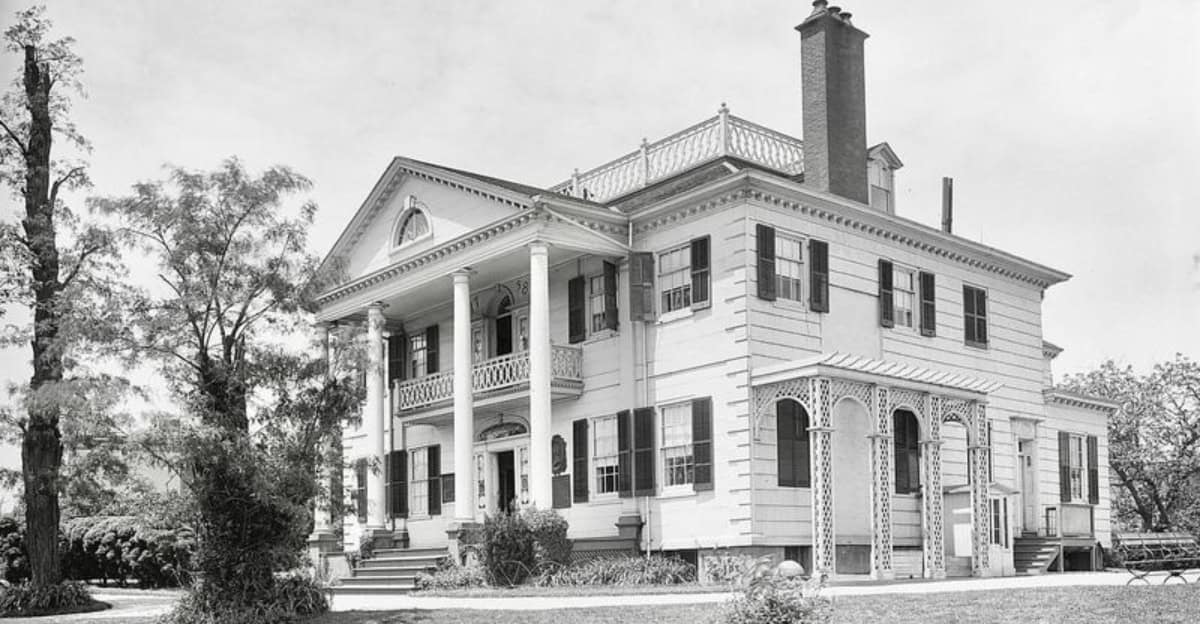The architectural landscape of the United States has been a canvas of transformation, illustrating the nation’s growth and diversity.
From colonial influences to modern skyscrapers, each era of American architecture tells a unique story of innovation, adaptation, and cultural blending.
This journey through time showcases not only the aesthetic evolution but also the technological advancements and societal shifts that have shaped the built environment.
1. Colonial and Georgian Era
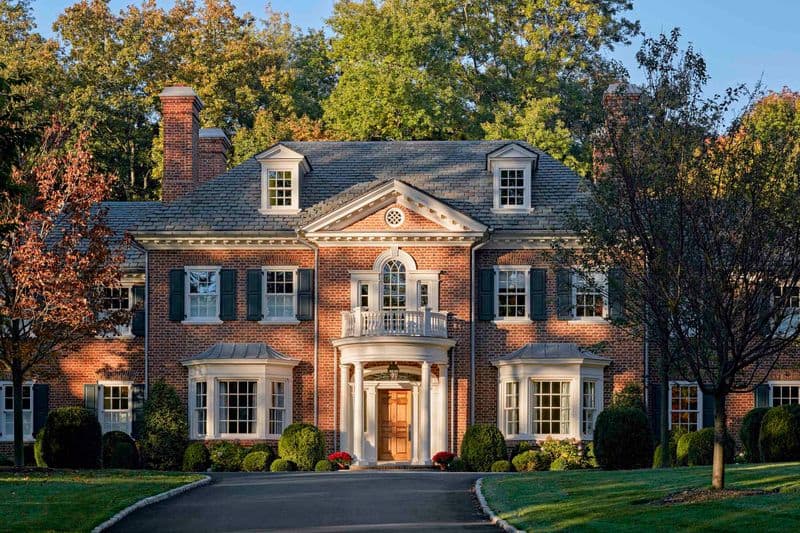
The Colonial and Georgian architectural style, prominent in the 17th and 18th centuries, focused on symmetry and proportion.
Homes often featured brick or wood frames, gabled roofs, and double-hung windows. These structures reflected the European influences of settlers, particularly from England.
Functionality was paramount, as homes served both residential and workspace purposes. This era’s architecture laid the foundation for future styles, emphasizing order and utility.
As cities expanded, these designs became prevalent in urban settings, showcasing adaptability to different environments.
Despite their simplicity, these buildings have endured, underscoring their timeless appeal and structural integrity.
2. Federal Style
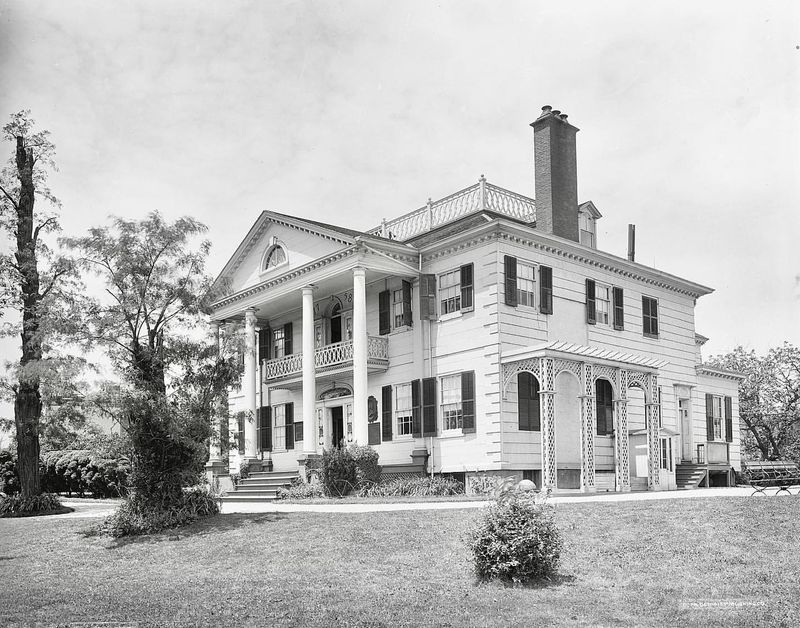
The Federal style emerged in the late 18th century, characterized by its elegance and refinement.
Inspired by Roman classicism, this style featured brick facades, decorative ironwork, and semi-circular fanlights.
It marked a shift from the utilitarian colonial designs to a more aesthetically driven approach, emphasizing harmony and symmetry.
Many public buildings and private homes adopted this style, projecting a sense of sophistication and progress.
The Federal style represented America’s aspirations for cultural identity and independence, reflecting its post-revolutionary optimism.
Today, it continues to symbolize the nation’s architectural maturity during its formative years.
3. Greek Revival Movement
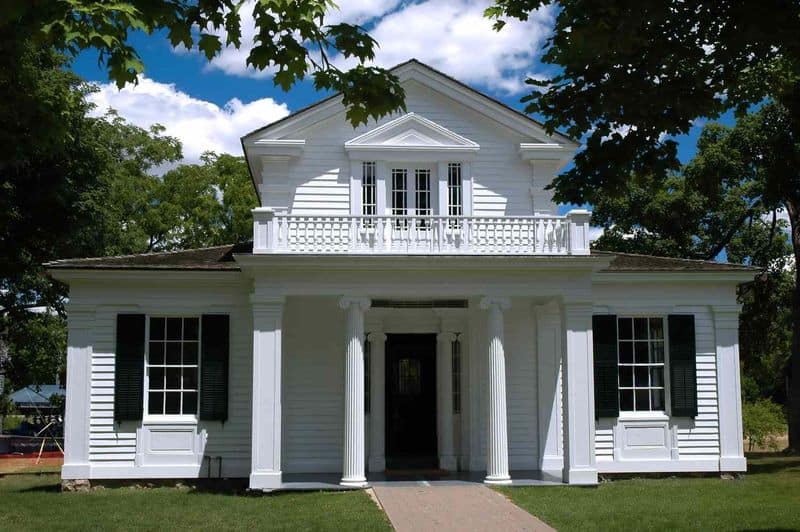
The Greek Revival movement swept through the United States in the early 19th century, drawing inspiration from ancient Greece.
This style featured iconic elements like tall columns, pediments, and white facades, reminiscent of Greek temples. It was particularly popular in public buildings, symbolizing democracy and civic virtue.
Residential homes also embraced this style, showcasing the era’s fascination with classical antiquity.
The movement coincided with America’s westward expansion, reflecting a burgeoning national pride and cultural ambition.
Greek Revival architecture left an indelible mark on American towns and cities, illustrating the country’s aspirations and intellectual engagement with classical ideals.
4. Victorian Eclecticism
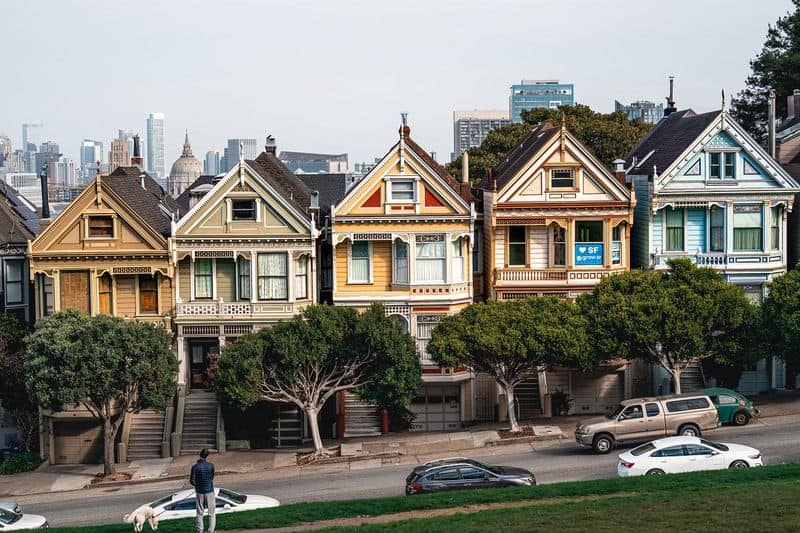
The late 19th century saw the rise of Victorian Eclecticism, a style characterized by its ornate detailing and complex designs.
Influenced by the Industrial Revolution, it incorporated various historical styles, including Gothic and Romanesque, into residential and public architecture.
Houses featured steep gabled roofs, vibrant colors, and intricate woodwork, reflecting the era’s prosperity and technological advancements.
This architectural approach celebrated individuality and creativity, leading to diverse and unique structures.
Victorian Eclecticism provided a canvas for architects to experiment with form and ornamentation, leaving a legacy of richly detailed and visually captivating buildings across America.
5. The Birth of Skyscrapers
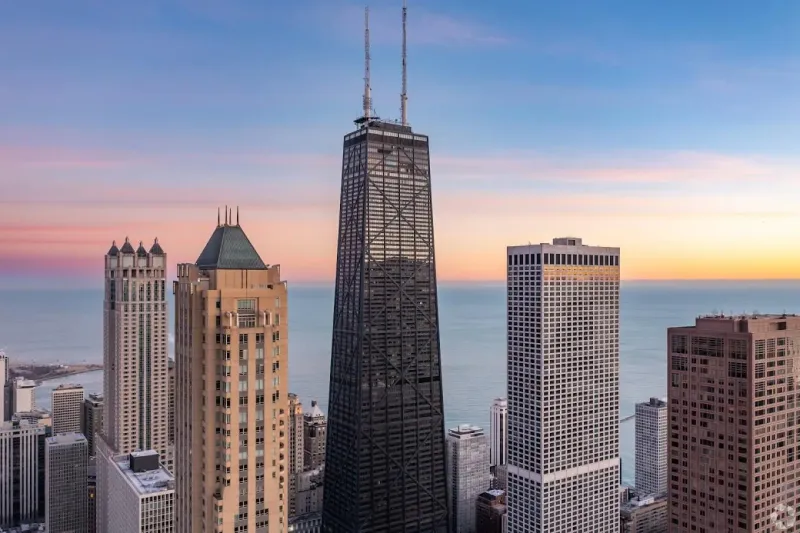
The late 1800s marked the birth of skyscrapers, revolutionizing urban architecture. Enabled by steel-frame construction and elevators, these towering structures transformed city skylines.
Skyscrapers symbolized American innovation and economic power, accommodating rapidly growing urban populations.
They featured large windows for natural light and decorative cornices that crowned their tops. As cities expanded vertically, skyscrapers became icons of modernity and progress.
This architectural leap not only addressed the spatial needs of burgeoning cities but also embodied the spirit of ambition and forward-thinking.
Today, skyscrapers define the urban identity of cities like New York and Chicago, showcasing engineering marvels.
6. Frank Lloyd Wright and Organic Architecture
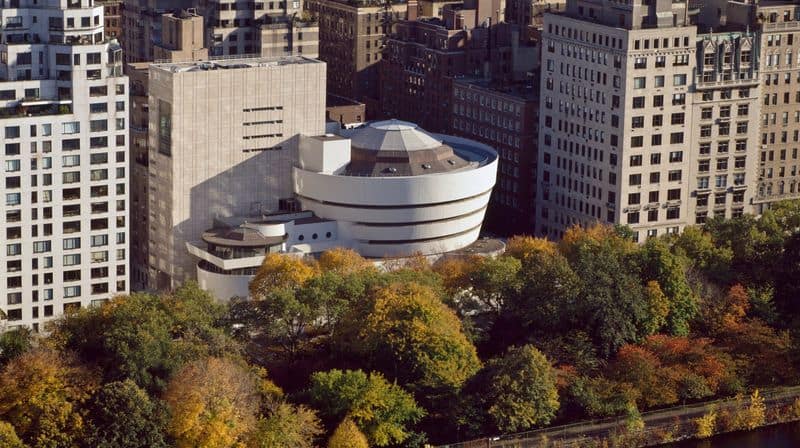
Frank Lloyd Wright’s influence on American architecture in the early 20th century was transformative.
He pioneered organic architecture, emphasizing harmony between structures and their surroundings.
Wright’s designs, such as the iconic Prairie Style homes, featured low horizontal lines and open interior spaces.
His philosophy integrated nature with built environments, using materials like wood and stone to blend constructions with landscapes.
Wright’s innovative approach challenged traditional architectural norms, advocating for design that respected human scale and natural elements.
His legacy endures, inspiring sustainable and harmonious architectural practices that resonate with contemporary environmental and aesthetic values.
7. Art Deco’s Glamorous Era
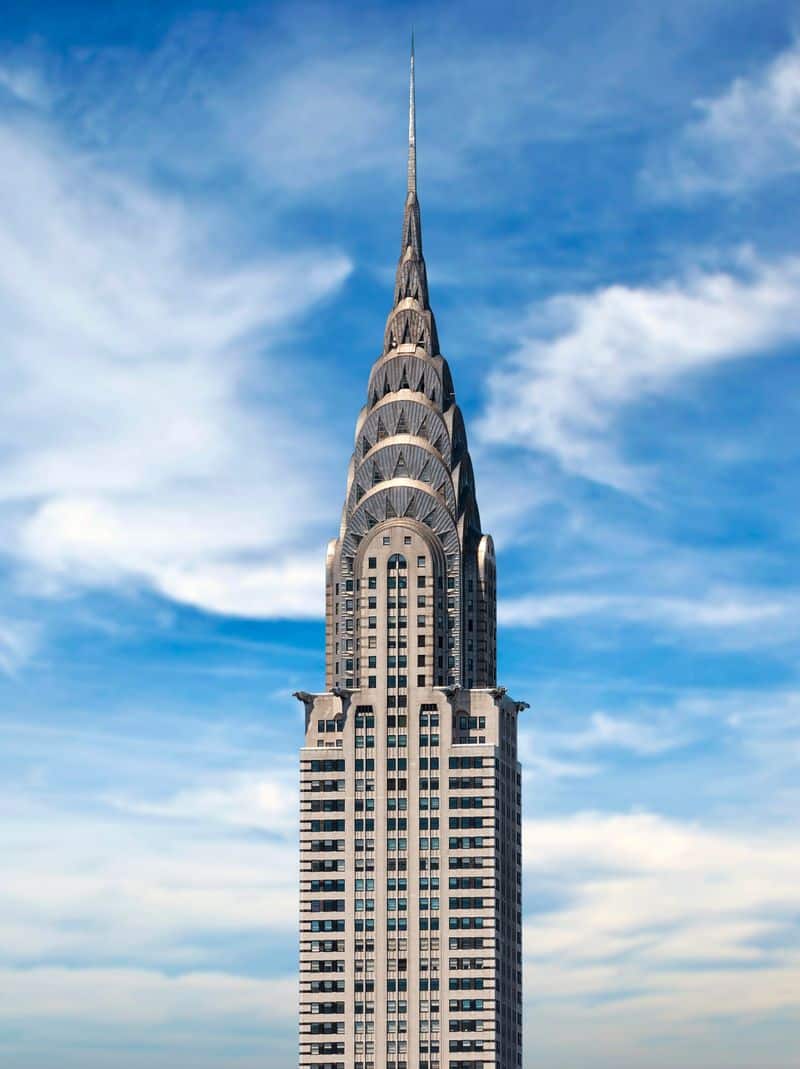
The Art Deco movement of the 1920s and 30s brought glamour and modernity to American architecture.
Known for its geometric patterns, bold lines, and lavish ornamentation, Art Deco reflected the era’s fascination with progress and luxury.
Skyscrapers like the Chrysler Building epitomized this style, with their intricate facades and spire-topped silhouettes.
The movement embodied the optimism and exuberance of the Roaring Twenties, capturing the spirit of innovation and opulence.
Art Deco’s influence extended beyond architecture to furniture and fashion, leaving a lasting cultural impact. Its distinctive aesthetic continues to inspire modern designs, remaining a timeless symbol of elegance.
8. Mid-Century Modern Innovation
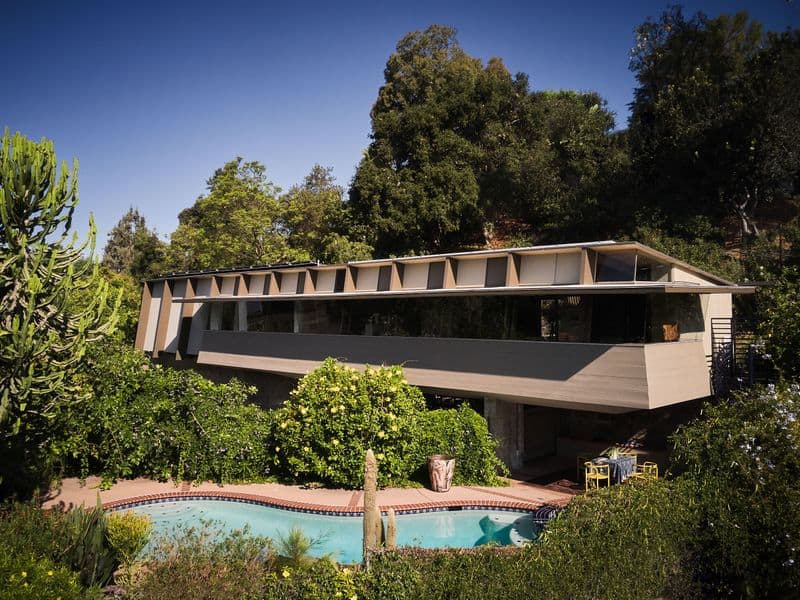
The mid-20th century witnessed the rise of Mid-Century Modern architecture, known for its minimalist design and functional aesthetics.
This style emphasized simplicity, open spaces, and integration with nature. Homes featured flat planes, large glass windows, and unadorned facades.
The movement reflected post-war optimism and a desire for modern living, aligning with technological advances and changing lifestyles.
Influential architects like Eero Saarinen and Charles Eames championed this style, creating iconic structures that prioritized functionality and aesthetic clarity.
Mid-Century Modern architecture remains popular today, celebrated for its timeless appeal, clean lines, and enduring influence on contemporary design.
9. Postmodern Playfulness
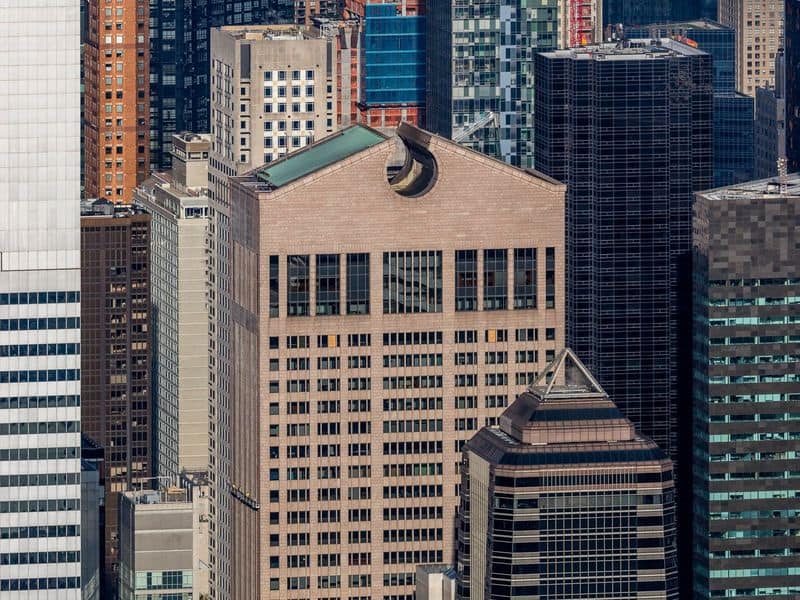
Emerging in the late 20th century, postmodern architecture rejected the rigidity of modernism, embracing complexity and contradiction.
This style employed unconventional shapes, vibrant colors, and playful details, offering a fresh perspective on design.
Architects like Michael Graves and Robert Venturi championed postmodernism, creating visually engaging and thought-provoking structures.
This architectural movement celebrated diversity and creativity, reflecting cultural shifts and a break from traditional constraints.
Postmodern buildings often incorporated historical references, adding layers of meaning and context.
The style’s eclectic and inclusive nature continues to influence contemporary architecture, encouraging innovation and experimentation.
10. Sustainable and Green Architecture
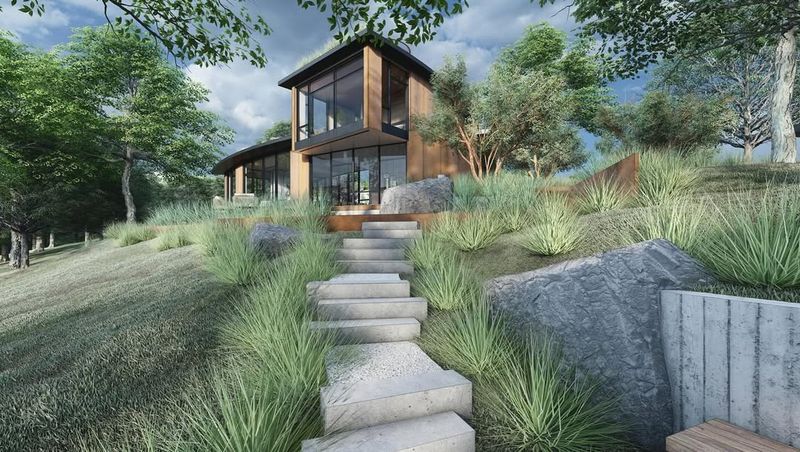
Today, sustainable architecture is at the forefront of design, prioritizing environmental responsibility.
Green architecture focuses on energy efficiency, reducing carbon footprints, and integrating renewable resources.
Modern buildings feature solar panels, green roofs, and innovative materials that minimize environmental impact.
This approach addresses contemporary challenges, aligning with global efforts to combat climate change and promote sustainable living.
Architects are reimagining urban spaces to be more eco-friendly, creating structures that harmonize with their natural surroundings.
The movement represents a shift towards sustainable development, ensuring the built environment supports both human needs and ecological balance for future generations.

